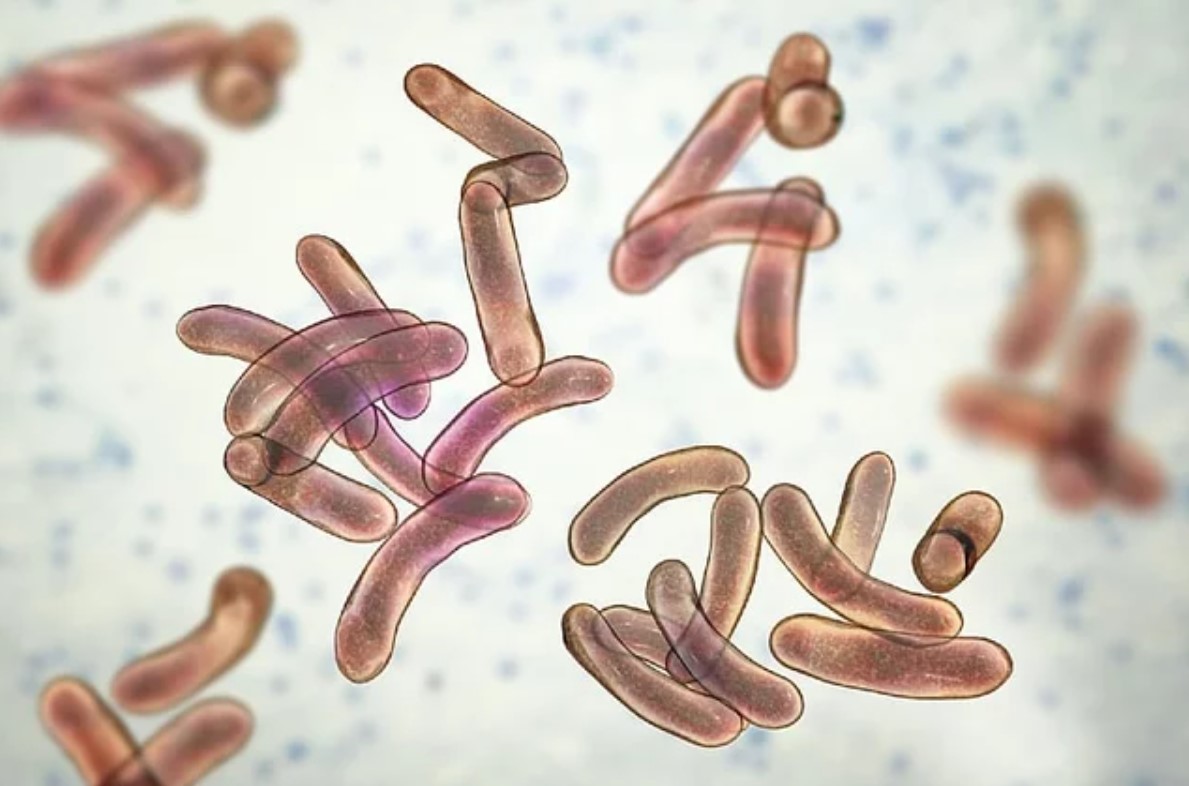hotels and restaurants with poor hygiene practices such as handling food with dirty hands and using contaminated water to wash utensils and prepare food.
Cholera outbreaks in Africa have affected
18 countries over the last two years. In southern and eastern Africa, more than 6,000 people have died and nearly 350,000 cases have been reported since a series of outbreaks began in late 2021.
Samuel Kariuki , a microbiologist and director of the Drugs for Neglected Diseases Initiative (Eastern Africa) and former director of the Kenya Medical Research Institute, explains how the disease spreads, the symptoms, how to protect yourself, and how it can be treated.
Cholera can spread directly or indirectly in several ways.
Contaminated water: Drinking or using water contaminated withVibrio choleraebacteria is the most common way cholera spreads. Contamination can occur when sewage and drinking water supplies mix.
Contaminated food: Consuming food, especially raw or undercooked food, that has been contaminated can lead to infection. Food can become contaminated if it is handled by someone who has the bacteria or if it is prepared with contaminated water.
Poor sanitation: A lack of proper sanitation infrastructure creates a breeding ground forVibrio cholerae, facilitating its rapid spread within communities.
Person-to-person transmission: While less common, cholera can spread through direct contact with an infected person’s faeces or vomit, or through indirect contact via contaminated surfaces or objects.
Cholera symptoms can appear suddenly, within hours to five days after infection. Symptoms range from mild discomfort to severe and life-threatening conditions.
One of the main signs is severe diarrhoea, often described as “rice-water” stools, leading to rapid fluid loss from the body and potential muscle cramps due to the loss of essential salts and minerals. Rice water is the starchy water that remains after soaking or cooking rice.
Alongside diarrhoea, vomiting is common and can worsen dehydration. READ FULL STORY HERE>>>CLICK HERE TO CONTINUE READING>>>
Dehydration is the most concerning symptom, indicated by a dry mouth, extreme thirst, reduced urination, sunken eyes and low blood pressure, potentially progressing to shock. If untreated, it can be fatal within hours.
It’s crucial to recognise these symptoms promptly and seek medical help to prevent severe complications.
Rehydration: The primary treatment for cholera is rapid rehydration using oral rehydration salts. This is a
simple solution of sugar and salts that is mixed with clean water. It is highly effective in replacing lost fluids and
electrolytes and can be administered at home or in a healthcare facility.
Intravenous fluids: In severe cases where dehydration is extreme, intravenous fluids may be necessary. This can quickly restore fluid levels and is vital for patients who cannot keep down oral fluids because they are vomiting.
Antibiotics: Rehydration is the cornerstone of cholera treatment, but antibiotics can reduce the duration and severity of symptoms. They are particularly useful in severe cases and for patients with a high risk of spreading the infection.
Zinc supplements: These supplements can reduce the duration and severity of diarrhoea, especially for children. Zinc is an essential mineral that supports immune function and gut health. The right dose should be prescribed by a medical practitioner.
Cholera is preventable and treatable. Stay informed, take preventive measures, and contribute to a healthier, cholera-free world.
Celestine Wairimu of the Centre for Microbiology Research contributed to this article.
Samuel Kariuki does not work for, consult, own shares in or receive funding from any company or organisation that would benefit from this article, and has disclosed no relevant affiliations beyond their academic appointment.
By Samuel Kariuki, Chief Research Scientist and Director, Centre for Microbiology Research, Kenya Medical Research Institute




















